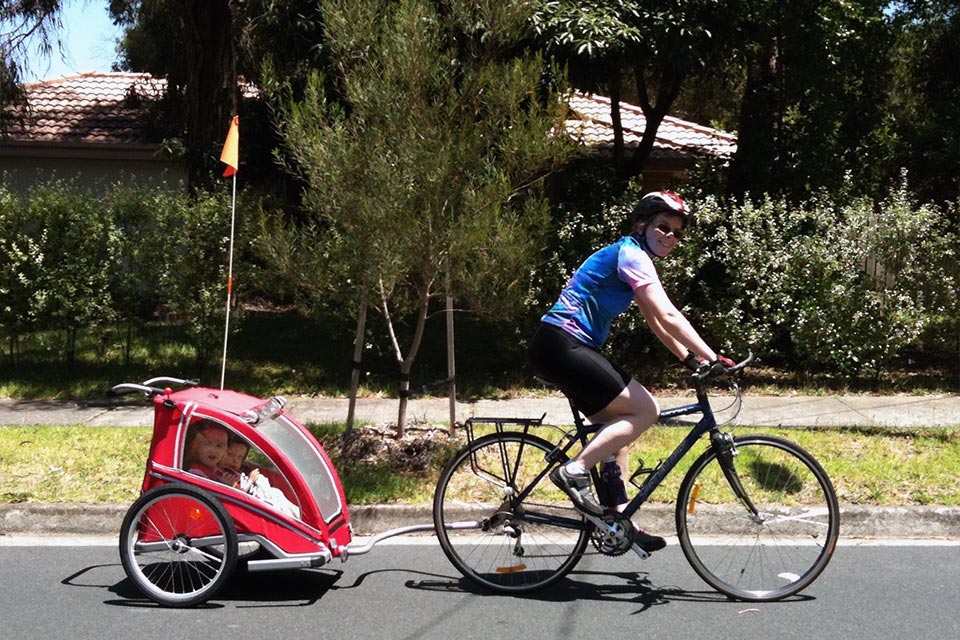5 Steps To Get Your Toddler To Listen Without Yelling
There comes a time when your toddler starts to test limitations. It’s only natural. They want to see what the can and cannot get away with. It might start off with them not listening to you even though you know they heard you. It can even escalate to them answering you back if you let it. Often, you’ll have a sudden urge to yell at them in an effort to get them to listen. Don’t feel guilty, we’ve all been there. The thing is, yelling is a short term solution that will become less effective over time. Not only that. It can also lead down a vicious spiral where yelling leads to bad behavior which results in more yelling. This doesn’t sound appealing right? Don’t worry, there is a more productive way to get your toddler to listen without having to yell.
You can follow 5 actionable steps to get your toddler to listen without yelling. #1: establish the rules. #2: discuss the consequences if the rules are not followed. #3: provide positive reinforcement. #4: explain the impact of consequences. #5: follow through with the consequences.

#1 Establish The Rules Up Front With Your Toddler
You can’t get mad at your toddler for not following rules if they don’t know what the rules are right? The problem is, you probably don’t have a list of 20 rules off the top of your head. More than likely, you’ll only think of a new rule when your child does something that makes you want to yell. Instead of yelling, take the time to write down what they did. Then, make a rule that they can follow so that you won’t get mad in the future.
Take the time to sit down with your toddler to discuss what the rule is. You might have a list of a few rules. But, I suggest that you try to introduce 1 new rule at a time. This will help to avoid confusion. Make sure to be very clear on how you expect them to act. You should also explain why you made this new rule. Then allow them time to ask questions if they don’t fully understand. Here’s an example.
My daughter Mackenzie would get excited when we parked the car and start walking towards Target (her favorite store). She would get so excited that she would let go of our hand and try to run to the door. Obviously, this is a very dangerous situation that warrants a new rule.
So, I took the time to sit down with her to let her know that I have a new rule I expect her to follow. I told her that she has to hold my hand while we walk in a parking lot. Then, I explained to her that parking lots are very dangerous. Especially for little kids since they can be harder to see. Then I answered any additional questions that she had about the rule.
#2 Discuss Consequences With Your Toddler Ahead of Time
Once your toddler understands the new rule and why you made it, take the time to also discuss what the consequence will be if they don’t follow it. Explain to them that there will not be any exceptions. If they don’t follow the rule, they will immediately have to pay the consequence.
In Mackenzie’s example, I informed her that if she doesn’t hold my hand, we will turn right around, get back into the car and go home. I asked her if she knew what the new rule is, why I made it and what will happen if she doesn’t follow it. She repeated it back to me so we knew everything was crystal clear. Then that’s it, the new rule was set.
#3 Provide Positive Reinforcement
If there are negative consequences for not following a rule, there should be positive reinforcement for following it right? It’s only fair. But, this is something that a lot of parents forget to do. So, don’t forget to praise your child for following the rules. It can be something as simple as taking the time to say “I’m so proud of you for following the rules.”
Whether you believe it or not, toddlers love to please their parents. And taking the time to show your gratitude can make a huge impression on them. They may even look for more rules to follow just to get that positive reinforcement again. I’m serious, positive reinforcement really works.
Going back to the Mackenzie example, I asked her to hold our hand while we walked back to our car. Once we reached the car, I told her “Thank you for following the new rule about holding my hand while walking. I’m so proud of you.”

#4 Explain The Impact Of Consequences
At this point, your toddler knows what the new rule is. They also know why it was made, and what happens if they don’t follow it. You take the time to give them positive feedback when they do follow it. But, what happens if they don’t?
Well, it might take some time for your child to start following the new rule. This can be for a variety of reasons. They might have forgotten about the rule. Or, they can be trying to test your limitations again. Whatever the reason may be, you can still try to reinforce the rules by explaining the impact of consequences ahead of time.
For example, the next time Mackenzie and I are driving to Target, I can take the time to remind her that there is a rule about holding my hand while walking in parking lots. And, if she doesn’t follow the rule, we are going to get back in the car and go back home. By doing this, she is fully aware of what I expect and now it’s up to her if she wants to follow the rule or not.
#5 Follow Through With A Consequence
The last step is the easiest but probably the hardest to follow through with. You have taken the time to establish what the new rule is. You’ve explained why you made the rule. Then you have explained what the consequences will be if your toddler doesn’t follow the rule. Positive reinforcement is given when they do follow the rule. You even take the time to explain the impact of consequences ahead of time. So, what do you do if your toddler still doesn’t follow the rule?
Follow through with the consequence. You don’t need to yell. There is no need to repeat any warnings. You don’t even have to get mad. Just do exactly what you said you would do if they didn’t follow the rule. Sometimes, this is easier said than done.
So, if Mackenzie still tried to let go of my hand while we’re walking in the parking lot… I would get her, turn around, get back in the car and go home. This might not be ideal since there was probably a good reason why we’re going to Target in the first place. But, the only way I can expect her to follow my rules is if she knows that I am consistent with the consequences.
That’s How You Get Your Toddler To Listen Without Yelling
You’ll find that you can get your child to listen without yelling if you follow these 5 actionable steps. At a certain point, you might even realize that yelling is unnecessary. That is such an eye-opener once you do. It’s going to take some time. Just try to be consistent. You don’t have to be perfect. Nobody is. Just keep in mind that the more consistent you are, the more your child will listen.
 By Grace – Child Development Associate Teacher in California
By Grace – Child Development Associate Teacher in California
My husband Mark and I have been blessed with two beautiful, smart, positive (I can go on and on) girls… Kenzie & Kayla. And, we have learned many tips and tricks while raising them. Tips and tricks that we felt would be useful to other new parents out there. So, we started WAYISAVE as a website built by parents for parents to share the best baby deals, coupons, tips, tricks and the occasional piece of advice.





